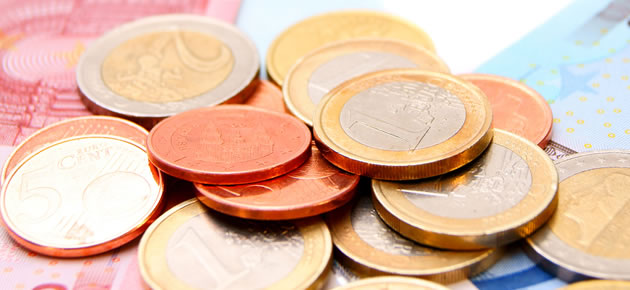Overnight the New Zealand Dollar gave up gains in response to a domestic report and the Euro to NZD pairing steadily advanced.
Yesterday the Euro was supported by an unexpected monthly increase in Eurozone retail sales and encouraging services data for the Eurozone.
The upbeat results add to the case for the European Central Bank refraining from introducing additional stimulus when it meets this week and bolstered the common currency.
Meanwhile, the ‘Kiwi’ came under pressure during Australasian trading as New Zealand’s employment report disappointed expectations.
While employment in the nation increased by 0.9 per cent in the first quarter (rather than the 0.6 per cent expected) the participation rate swelled to 69.3 per cent from 68.9 per cent and prevented the unemployment rate declining.
Economists had projected that the unemployment rate would slide from 6 per cent to 5.8 per cent in the first three months of the year, but it actually held at 6.0 per cent.
Average hourly earnings increased by less-than-anticipated, rising 0.7 per cent instead of the 1.0 per cent expected.
While this result is unlikely to derail the RBNZ’s current course of increasing interest rates it’s still slightly disappointing.
The fact that the price of whole milk powder fell for a sixth auction piled additional pressure on the ‘Kiwi’.
The New Zealand Dollar was also feeling the heat after Graeme Wheeler, Governor of the Reserve Bank of New Zealand, asserted that the local currency is too strong and that the central bank may intervene to weaken it if the situation doesn’t change.
Wheeler stated; ‘If the currency remains high in the face of worsening fundamentals, such as a continued weakening in export prices, it would become more opportune for the Reserve Bank to intervene in the currency market to sell New Zealand Dollars.’
Additionally, the pace of expansion in China’s services sector slowed in April, with the gauge easing from 51.9 to 51.4. As New Zealand relies heavily on the Asian nation for trade, the result had a mildly dampening effect on the NZ economic outlook.
However, while the Euro to NZD pairing began the European session in a stronger position, the Euro was later feeling pressure of its own as German factory orders unexpectedly declined by 2.8 per cent in March. An increase of 0.3 per cent had been projected.
German construction PMI also slipped into contraction territory in April, with the measure dropping to 49.7.
During Australasian trading additional Euro to New Zealand Dollar movement could be inspired by New Zealand’s house price data and China’s trade balance report.
Euro (EUR) Exchange Rates
[table width=”100%” colwidth=”50|50|50|50|50″ colalign=”left|left|left|left|left”]
Currency, ,Currency,Rate ,
Euro, ,US Dollar,1.3925,
,US Dollar,1.3925,
Euro, ,British Pound,0.8205,
,British Pound,0.8205,
Euro, ,Australian Dollar,1.4910,
,Australian Dollar,1.4910,
Euro, ,New Zealand Dollar,1.6019,
,New Zealand Dollar,1.6019,
Euro, ,Canadian Dollar,1.5152,
,Canadian Dollar,1.5152,
[/table]



